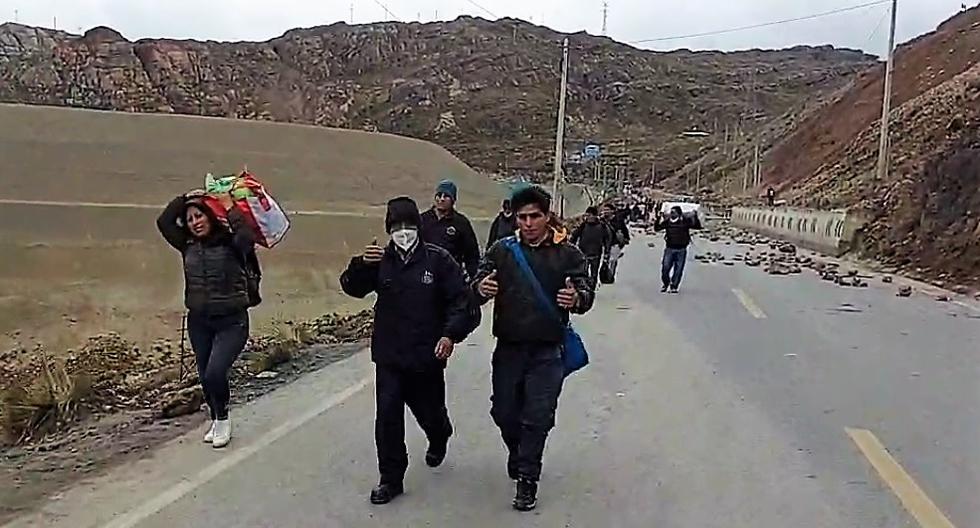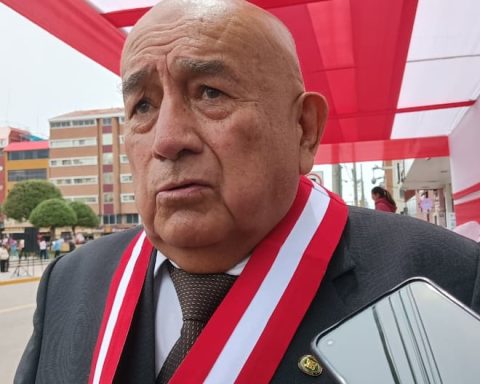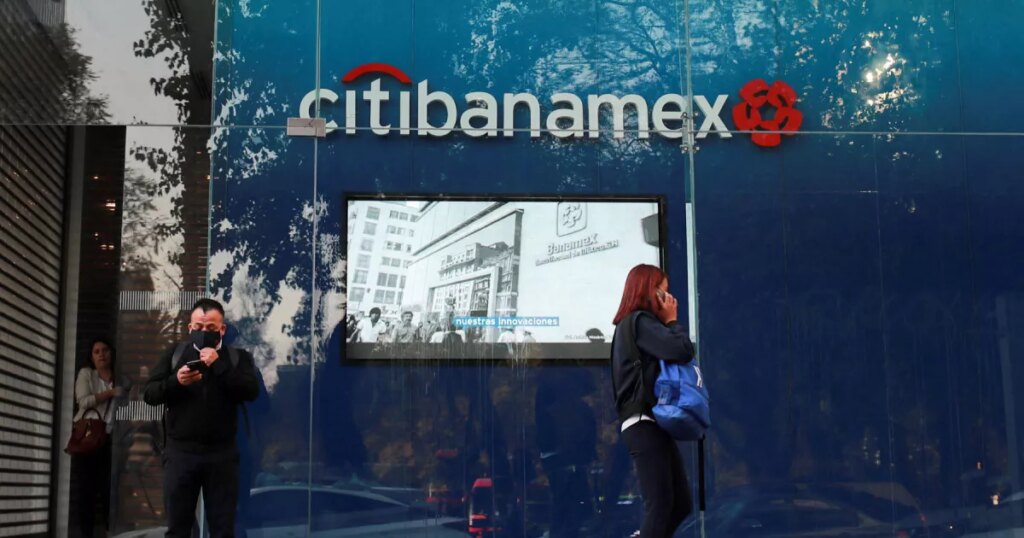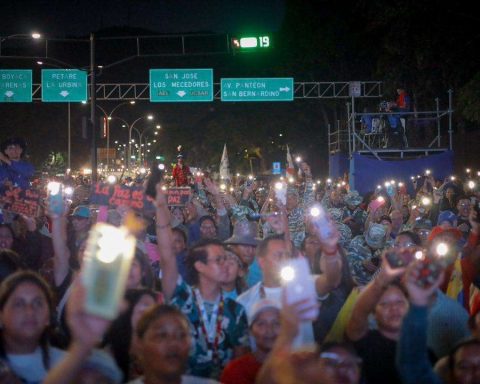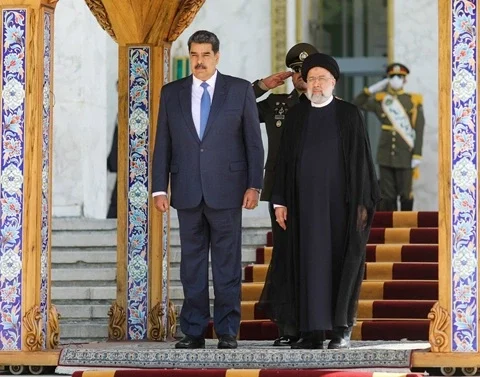Once again, demonstrators from Acobamba, Paucara, Andabamba and Churcampa from the Huancavelica region protest by taking the Central Highway and closing the pass to thousands of units. The protesters, with the first rays of the sun, were located on the steep and rocky hills from kilometer 138 to 140 in the sector of the helmet in the district of Morococha from where they have thrown a large number of stones onto the road.
They have been located in a strategic place, where it is very difficult for law enforcement to remove them.
WATCH THIS: Using tractors, protesters block the La Breña bridge in Huancayo (VIDEO)
Many passengers coming to the center of the country must walk almost 4 kilometers if they want to transfer and reach their destinations. They walk from the Churuca lagoon to Pucará where they take a vehicle to continue their journey, it takes up to two hours on this journey carrying their suitcases and packages.
:quality(75)/cloudfront-us-east-1.images.arcpublishing.com/elcomercio/E4GYWHPKZ5CX3D6TSPGNC2HW4A.jpeg)
While, other passengers who came with minors and adults prefer to wait for the pass to open. La Oroya Highway Police personnel helped to take older adults and children along the side of the road to avoid any incident with their health.
Various civil associations such as the Comité de Lucha de La Oroya, the Sutep, civil construction and others, held a meeting on Tuesday night.
:quality(75)/cloudfront-us-east-1.images.arcpublishing.com/elcomercio/P7TF7Y456NFHNEIJMT3FSD2B6A.jpeg)
There they have decided to support the strike in this province, agreeing to the proposal of the Junín Unitary Fighting Command, which had already announced that this Wednesday, February 1, they would carry out a sacrificial march to La Oroya and today, Thursday, the 2nd, the “Take of La Oroya” would take place. ”, which would worsen the outlook for the region.
:quality(75)/cloudfront-us-east-1.images.arcpublishing.com/elcomercio/GN6CPDEQRRGOZGUTTI4W5PDASM.jpeg)
WATCH THIS ALSO: Huancayo: Protesters block Av. Ferrocarril and markets choose to serve behind closed doors (VIDEO)
Until the closing of this note, the pass remained closed, the protesters getting ready to go down the hills at night to eat something hot from the common pots, light the bonfires, prepare the straw and cardboard beds and assemble their improvised plastics. huts and sleep in a place where the temperature reaches several degrees below zero.
:quality(75)/cloudfront-us-east-1.images.arcpublishing.com/elcomercio/Q5457ANJIVACNJ2NNLB2OW2A3I.jpeg)
The National Meteorology and Hydrology Service (Senamhi) forecast rain and snowfall, adverse weather conditions that could make the protesters – like last week – after three days decide to withdraw to gain strength.
